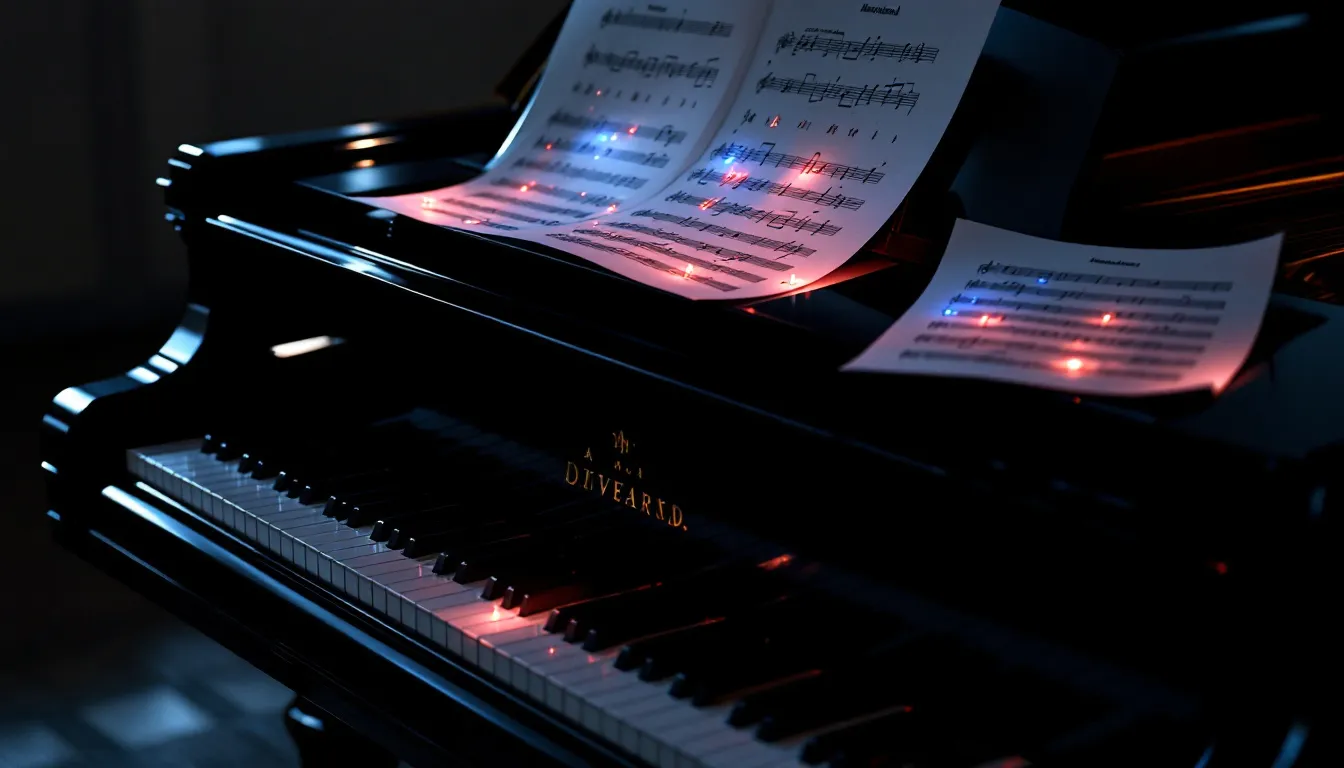
Understanding Augmented and Diminished Intervals in Music
Introduction to Musical Intervals Musical intervals form the foundation of melody and harmony, representing the distance between two pitches. Understanding them is akin to learning the alphabet of music. When I first began teaching intervals, I compared them to stepping stones across a creek—each stone crucial for crossing without getting wet. There are several types […]
Continue reading →







